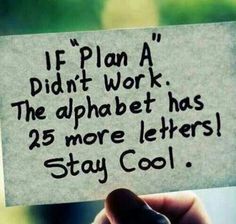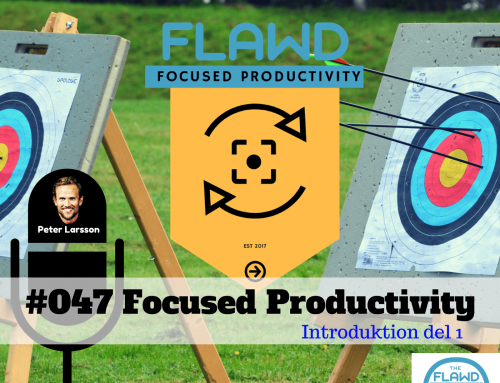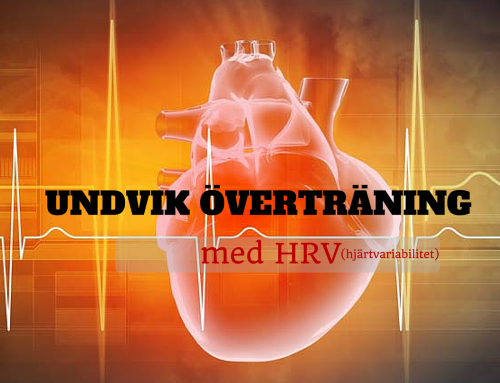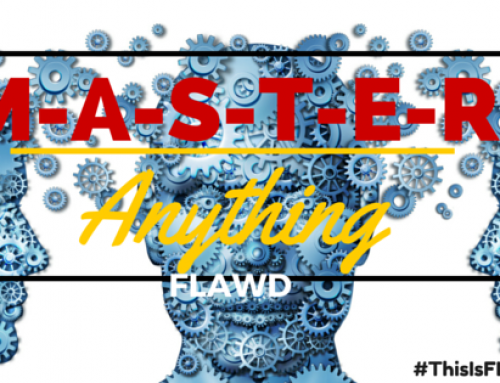Why would you want to manage your tasks at all? If you want to get more things done, more efficiently – should you have a system for it? Great question! :)
Lets define productivity:
What does “being Productive” mean?
- doing or achieving a lot : working hard and getting good results
- producing or able to produce something especially in large amounts
- causing or resulting in something
We want to ACHIEVE A LOT and get Good results! If not – please stop reading and do something else.
When do we not want to be productive?
Is there any reason as to when you don’t want to be productive? There are times where you have to step back and think “long-term. For example: we do not want to lower health and well-being for being productive, i.e. we do not want to experience CHRONIC stress or fatigue. We all want more done in less time so that we can do the things we love the most.
“What I learned early on is that any plan is better than no plan at all. And it is not necessary to reinvent the wheel.”BRIAN TRACY
Systematic approach
Your success in life is determined to a large extent by your ability to think, plan, decide, and take action.
Approach every problem systematically by defining it clearly, developing possible solutions, making a decision and then implementing the solution as soon as possible.
Difference between Train and Plane
The difference between people who use strategic planning to organize and direct their lives and those who do not is like the difference between taking a train and taking a plane. Both will get you from point A to point B, but the plane (personal strategic planning) will get you there much faster and without frequent stops.
Regardless of SYSTEM you choose use it, then improve it.
As they say in Starship Troopers
Your it until your dead or I find someone better:
Which system should I choose?
GTD
In this post we will use
GTD or Getting Things Done as our system. GTD is a time-management method, described in a book of the same title by productivity consultant David Allen.GTD
moves planned tasks and projects out of the mind by recording them externally and then breaking them into actionable work items. This allows one to focus attention on taking action on tasks, instead of on recalling them.
Intrepid explains it elegantly in this graphic:

Practical application of Trello?
Back to Trello! With over 5 million users, Trello is “the best” and fastest growing site for organizing any projects or processes.
Trello is:
- FREE
- Multiplatform
- Fast
- Flexible
Design of Trello
Projects are represented by boards, which contain lists (corresponding to task lists). Lists contain cards (corresponding to tasks). Cards can be progressed from one list to the next (via drag-and-drop), mirroring the flow of a feature from idea to implementation. Users can be assigned to cards. Users and boards can be grouped into organizations.

Real Examples
Repetitive tasks
There are things that you might want to have in Trello but is not suitable for LIFT. For instance we have covered
how to use email and you can use Trello as a fun way to remind yourself that you should only check email “X-amount” of times a day. Other examples might be other small tasks that you do daily like review goals, read 30 min and so on. You use Lift to get the social pressure and metrics for the most important tasks.
Bookreading
Job hunting:
Kitchen Redesign:
Trello for homework:
Trello as a company
Trello recently reached 5Million users and gave anyone who claimed it a month of premium services (called Trello Gold)
They are fun:
More Inspiration:
- Groceries
- RSS Feeds
- Gathering Feedback
Resources:
Call to Action
Want to start using Trello?
Use this link! (you will support the site)
While your at it; Subscribe to our free resource trello board for Focused Productivity our cutting edge online course in productivity
Join OurNewsletter
Don’t forget to sign up for our newsletter

















